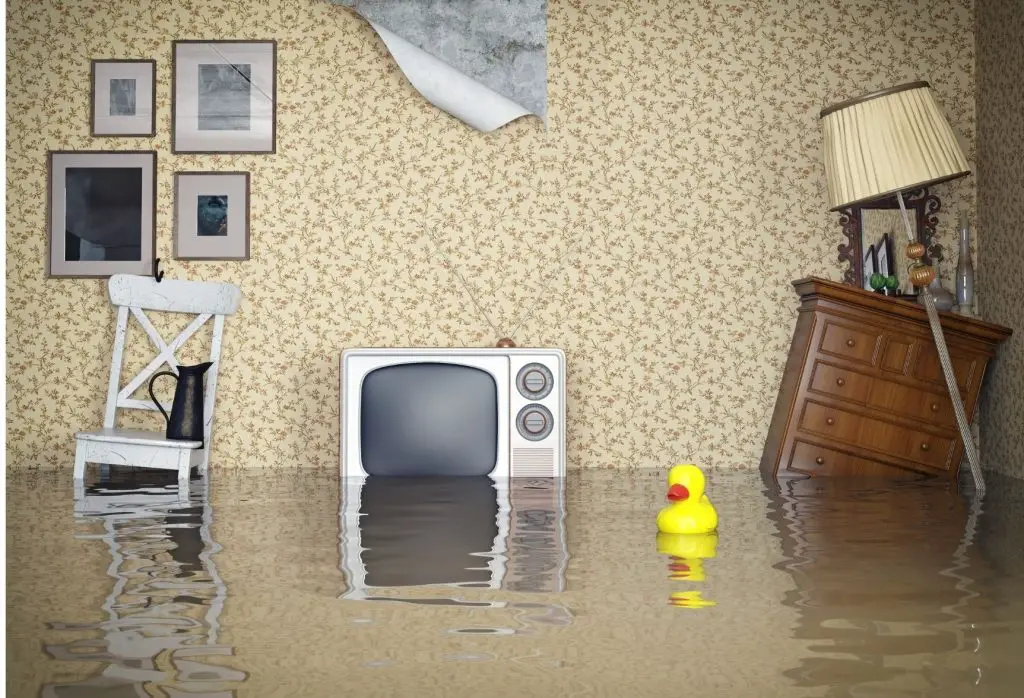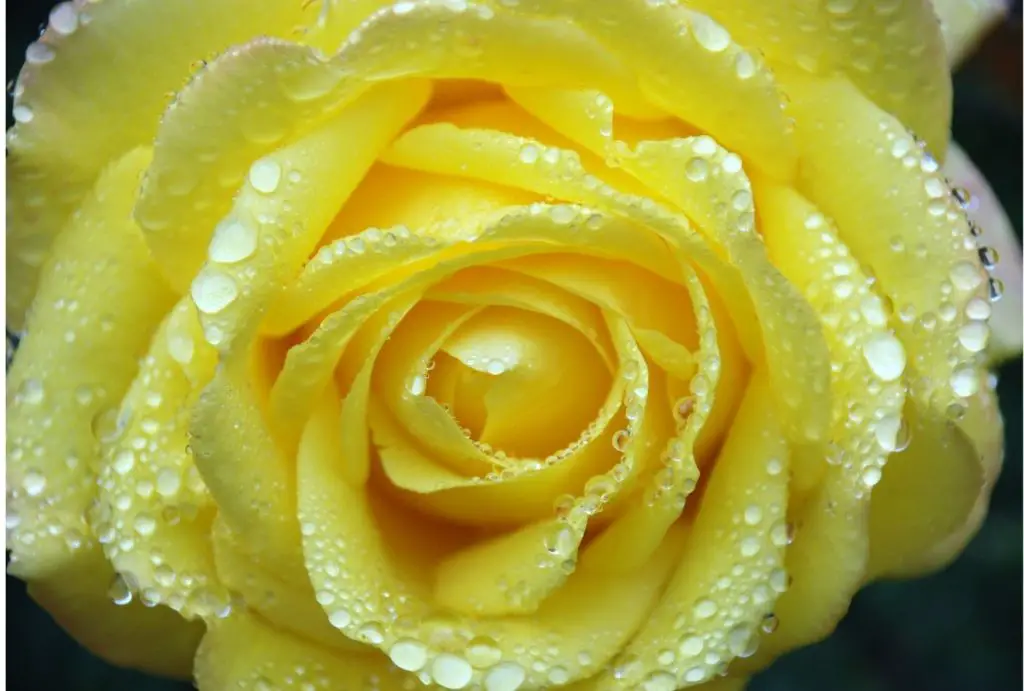Kitchens are one of the rooms which are most likely to have odor builds up. The smell of spices, searing or browning foods, fish, meat, and all the other things are enough to ruin your day. So, if you are tired of having a smelly kitchen and are searching for a solution, you have landed in the right place.
Air purifiers work great to remove smells or unpleasant odors from your home air. And, in this guide, we will show you how do air purifiers work for kitchen smells and how to find out the best one. So, stay with us to explore how an air purifier can free you from your smelly kitchen.
Do Air Purifiers Work for Kitchen Smells?
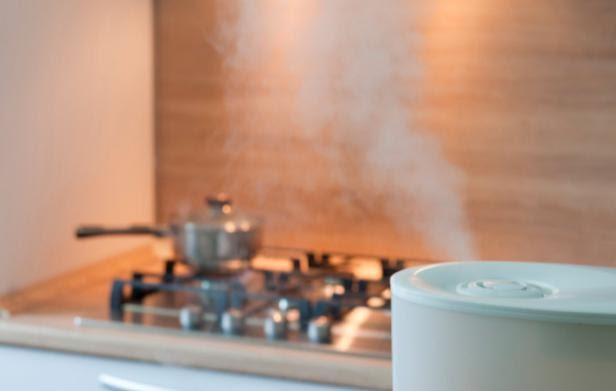 As per the United States Environmental Protection Agency (EPS) indoor air is 5 times more polluted than outdoor air. In this case, air purifiers are the best ever solution to purify indoor air. They remove all the harmful pollutants, chemicals, and odor from the indoor air. But, do air purifiers work for kitchen smells also?
As per the United States Environmental Protection Agency (EPS) indoor air is 5 times more polluted than outdoor air. In this case, air purifiers are the best ever solution to purify indoor air. They remove all the harmful pollutants, chemicals, and odor from the indoor air. But, do air purifiers work for kitchen smells also?
The answer is YES, air purifiers definitely can help you with the musty kitchen smell. It can be the ultimate kitchen odor removal machine and ensure smell free air in your kitchen. Here are the facts for how air purifiers remove the kitchen smell.
- Air purifiers are usually designed with activated carbon filters which are odor neutralizers. These filters trap and lock down the kitchen smell and eliminate the bad smells immediately from the air.
- Another thing is true HEPA filters which not only clean the pollutants but also remove the bad smell effectively from the kitchen air. With the fine filter mechanism that can even remove the smallest particles.
- Some air filters have UV lights and these are best for killing odor-causing molds, dirt, and other pollutants.
- This device either uses electric attraction or a series of fans with multiple speeds that helps the air move faster. Once sucking in all the contaminated air from the room these fans pass them through the filters. You can speed up the fan if the smell is really tough to beat.
- The automatic detection feature of most air purifiers can sense the dirt or smell of your air. Then automatically adjusted the device’s setting and started working to remove the smell from the room.
Using an air purifier for the kitchen can ensure your overall cooking environment and experience fresh and smell free. In addition, your kitchen will be free from allergens and germs.
What To Consider Before Buying an Air Purifier for Kitchen Smells?
Air purifiers work amazingly to keep your home air bacteria-free and odor-free. But when it comes to removing kitchen smells, not all air purifiers can do this. To make sure, your air purifier can eliminate your kitchen smell effectively, you must consider some features. So, while buying one for your kitchen do consider the following features.
Odor Filtration
The most effective method for odor elimination in the kitchen is using an air purifier with an activated carbon filter. This filter is well known as the best absorption media filter. Usually, activated carbon can easily trap cooking odors, gases, vaporized oils, and volatile organic compounds (VOCs). This filter becomes saturated quickly and is better for absorbing odorous elements efficiently.
There are some other odors filtration technologies available and these are Plasmawave and Photocatalytic Oxidation (PCO). Photocatalytic oxidation air purifiers use ultraviolet radiation and a photocatalyst, to produce hydroxyl (OH) radicals that are purportedly generated to destroy gaseous contaminants.
HEPA Filter
When you cook something, the food releases tiny particles alongside VOCs. In this case, the true HEPA grade filters come in very handy to trap all the fine and even the tiniest airborne pollutants. However, HEPA filters are designed to capture the pollen, dust, dander, bacteria, and smoke from the air.
Once capturing the smell-causing particles and gaseous vapors, they pass right through the HEPA filter. In this way, it prevents the smell from spreading over the kitchen or around your house.
An Ionizer
Generally, ions latch onto particles and make them weigh down. As a result, they fall onto the floor or stick to the surfaces and create bad odors. Here, ionizers emit all these negatively charged ions. It works as a supplemental feature that boosts the effectiveness of an air purifier to reduce the bad smell.
Keep in mind that ionizers release Ozone which is harmful to your health. But, as per the U.S. Environmental Protection Agency (EPA) if the ozone level remains less than 0-0.05 ppm, it is considered safe for the human body. So, while buying make sure the level of the ozone.
VOC or Particle Sensor
Mostly, kitchen odor is caused due to vaporized or volatilized oils, and tiny particles. Therefore, you can look out for an air purifier that is designed with built-in air quality, particle, and VOC sensors. This combination will be great for eliminating your kitchen odor.
Air Intake and Output Design
Considering the design of air intake and output is essential for ensuring accurate placement of the air purifier. You should lookout for a compact, sideways, and flat design. With this shape, it will be convenient to place the air purifier nearby to the wall. One more thing, the 360° air intake purifiers are also considered best for better air circulation
Benefits of Kitchen Air Purifiers

It will be the most wise choice to get an air purifier for your kitchen. Having a kitchen air purifier is essential to get all the healthy benefits. In addition to keeping your kitchen odor-free, this device can do a lot more things for your kitchen. So, here are all the additional benefits that you will get from your kitchen air purifier.
- Removes all the allergens from the kitchen air caused by spices, smoke, and other food ingredients.
- Ensuring filtering the kitchen air constantly to prevent the musty smells, especially when you cook for a longer time.
- It will protect your family member who suffers from respiratory disease caused by inhalation of smoke and contaminants.
- This device effectively reduces VOCs from your kitchen caused by gas leakages or burnt food.
- Air purifiers extract particles that cause lung diseases, allergies, asthma, mesothelioma developments, and many more.
- The major advantage is, it reduces the level of carbon dioxide from your indoor environment.
Final Verdict
Cooking is fun but when it comes to the lingering smell, it feels very unpleasant. Over time, the cooking smell started to stink and even spread to the other rooms, which is very irritating. In this awful situation, an air purifier can help you out. If you don’t have one, getting a purifier will be a wise choice.
With the air cleaning technology, this useful device can make your kitchen atmosphere fresh and absolutely odor-free. For your better convenience, we have shared how do air purifiers work for kitchen smells, in this guide. Hopefully, you have enjoyed this guide and we are able to help you out.


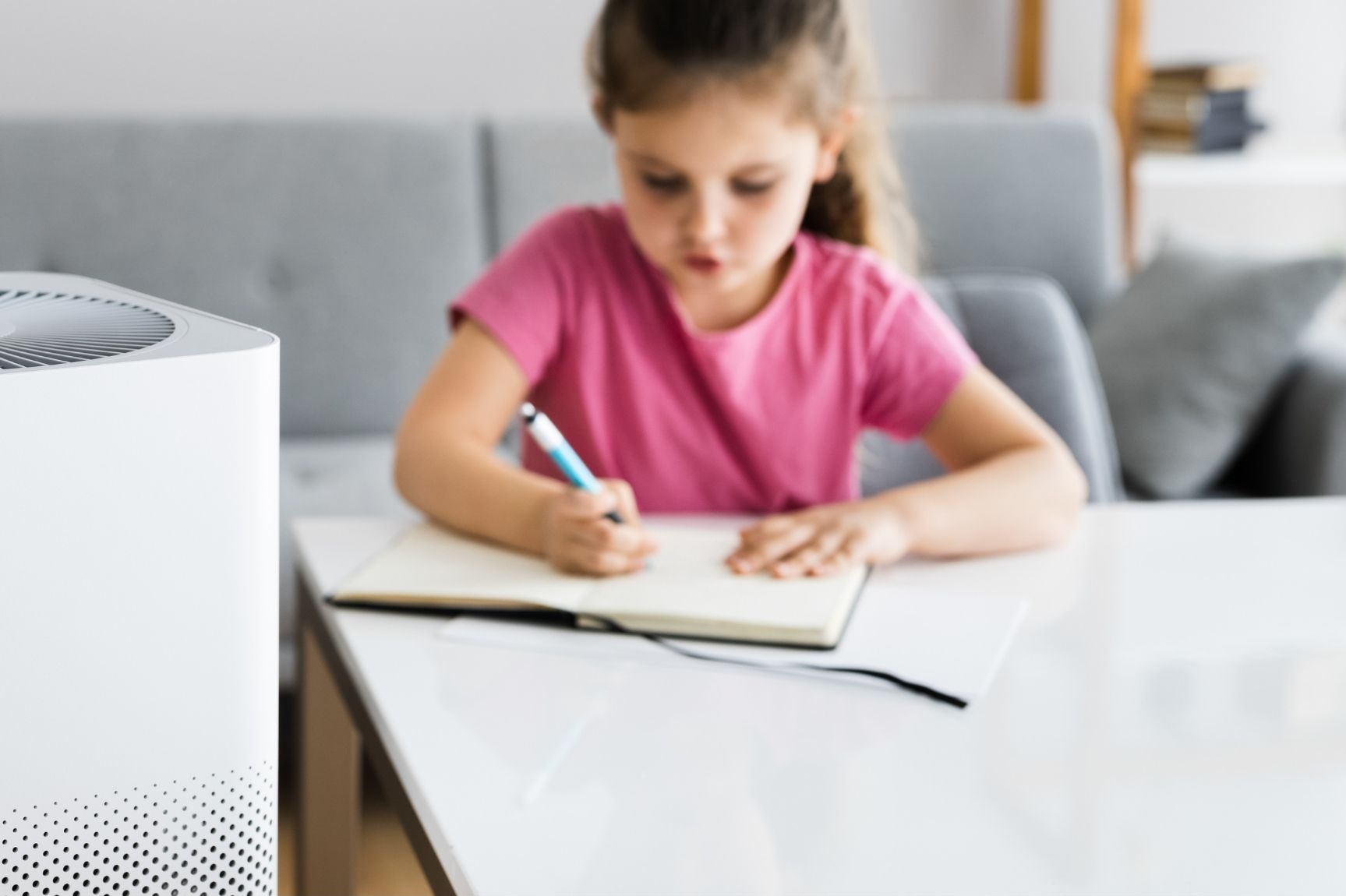



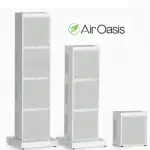

 For instance, an ionizer that is rated for a hundred square feet would create much too much ozone in an area that is only 25 square feet.
For instance, an ionizer that is rated for a hundred square feet would create much too much ozone in an area that is only 25 square feet.
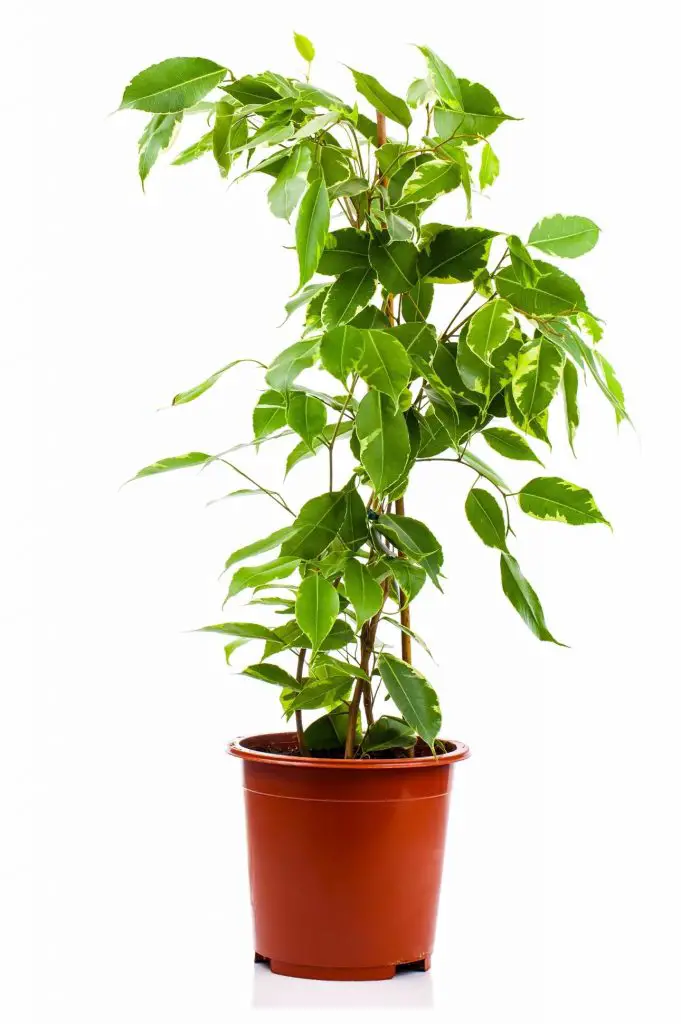 4. Humidifier
4. Humidifier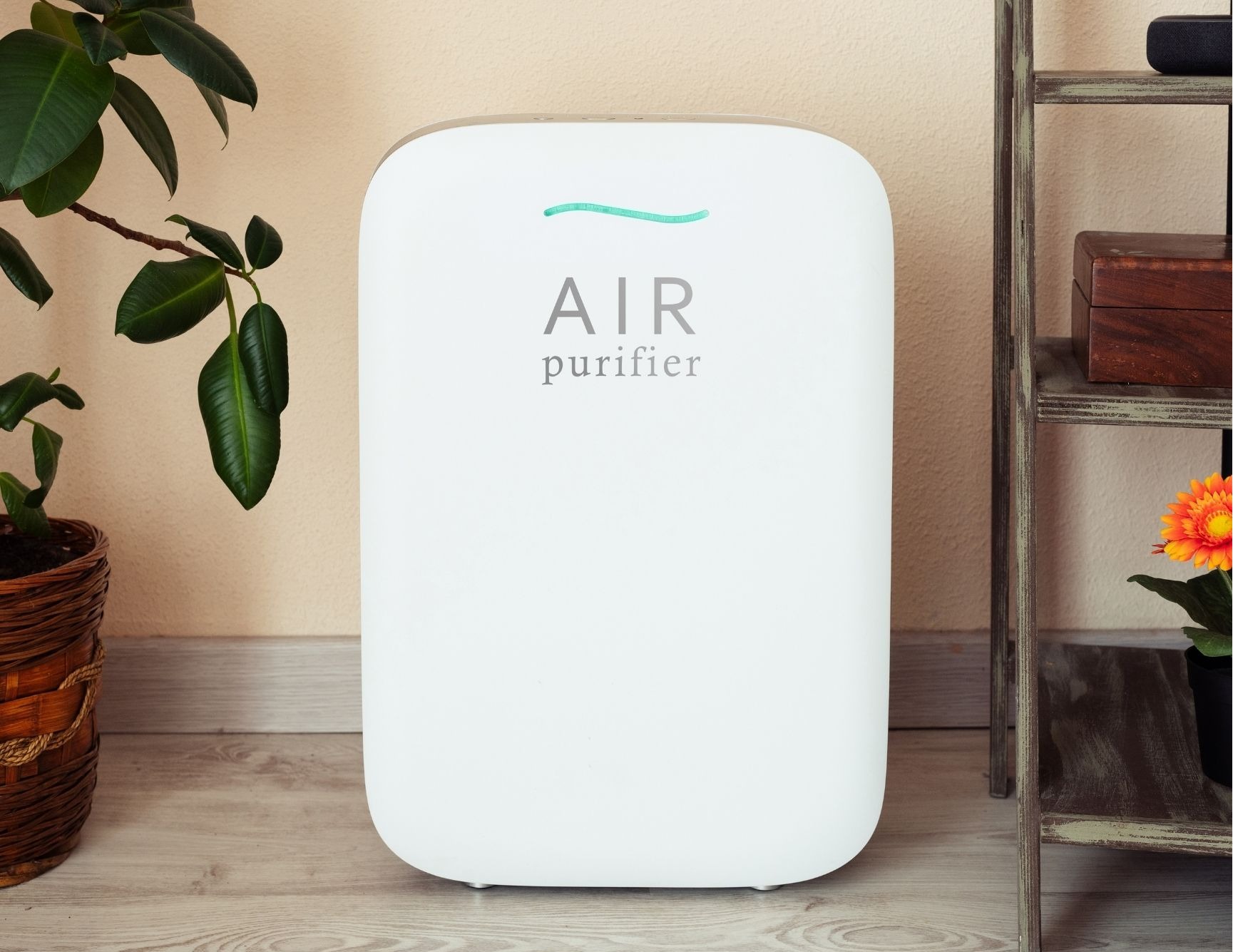





 Do air purifiers dry out sinuses?
Do air purifiers dry out sinuses? Do air purifiers help with moisture?
Do air purifiers help with moisture?

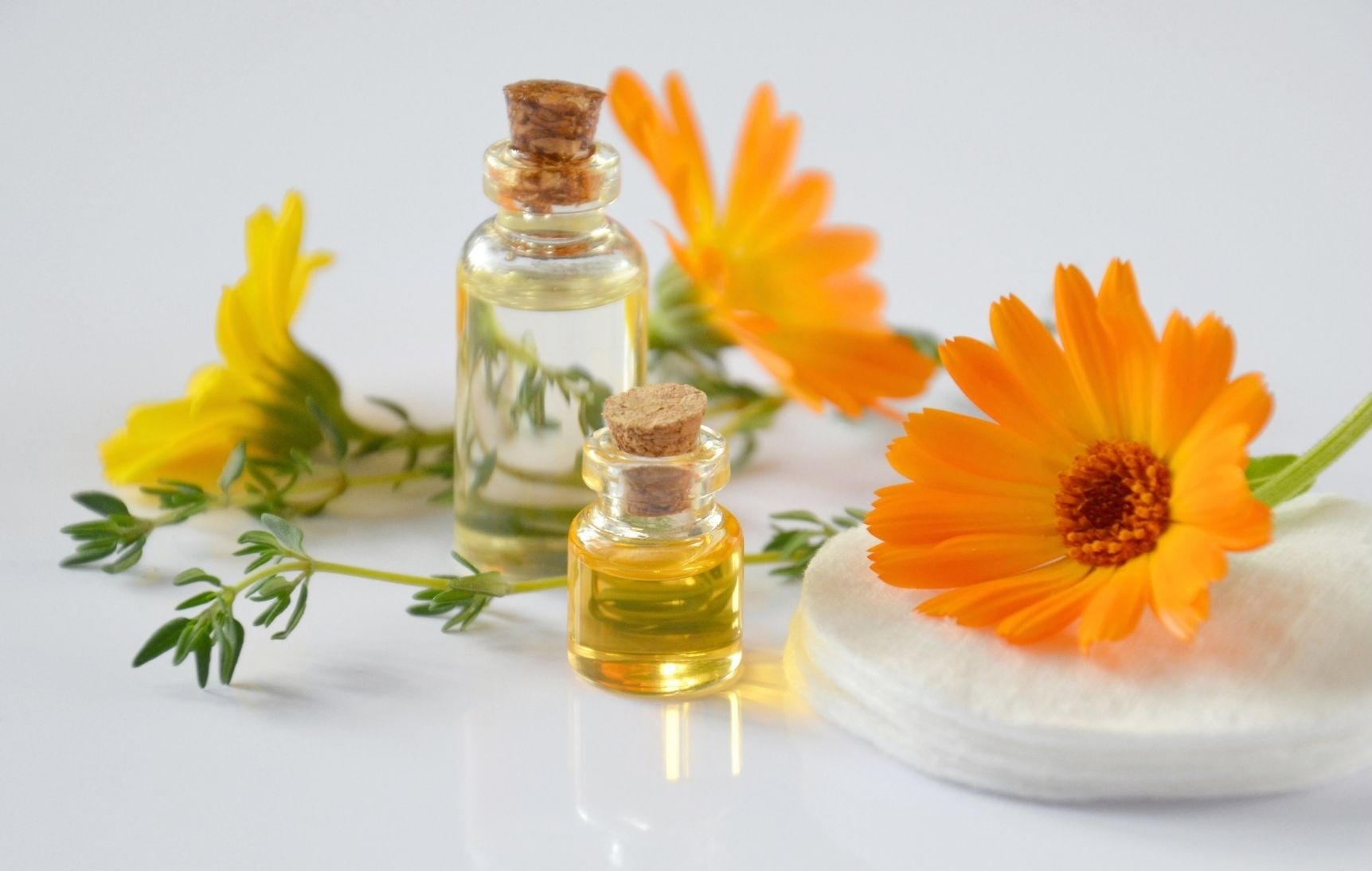



 Do diffusers clean the air?
Do diffusers clean the air?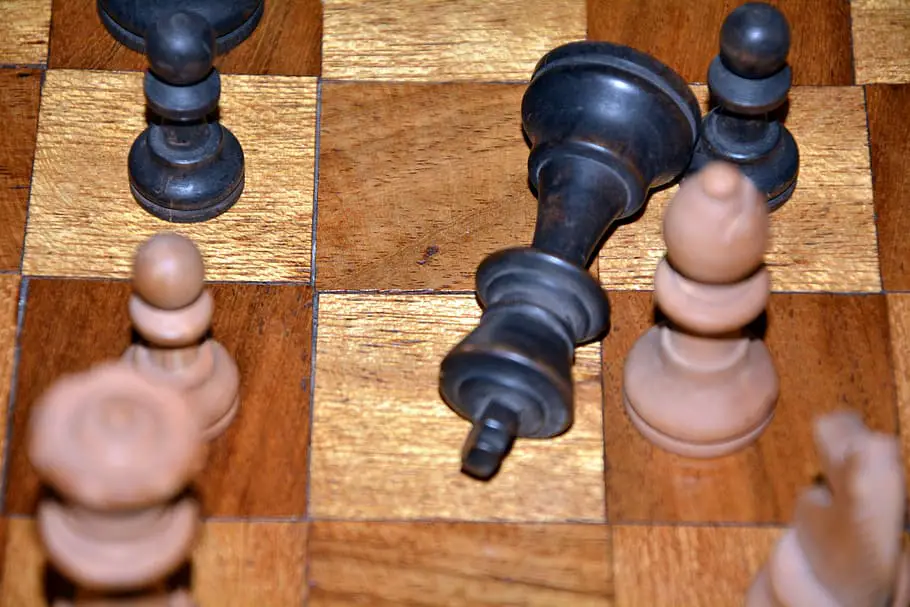 Kind of defeats the purpose.
Kind of defeats the purpose.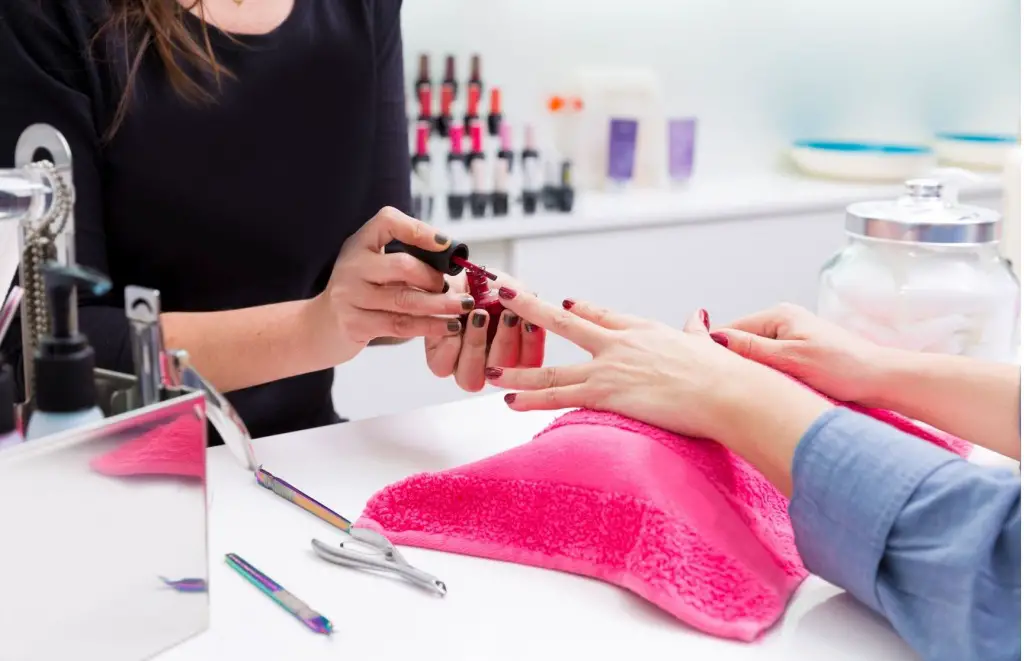
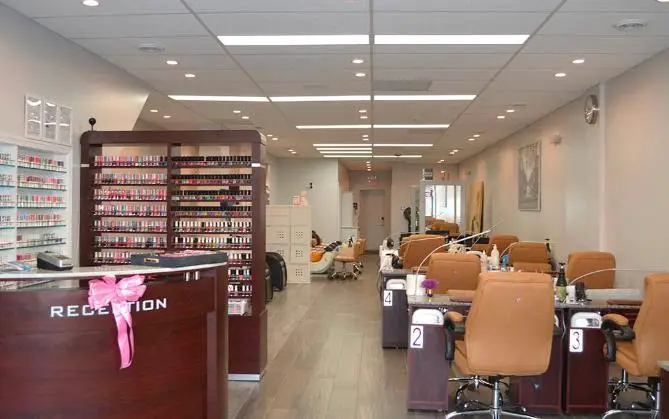 Image Source:
Image Source:  You have to follow some specific
You have to follow some specific 

 Do I need a UV light for my air conditioner?
Do I need a UV light for my air conditioner?
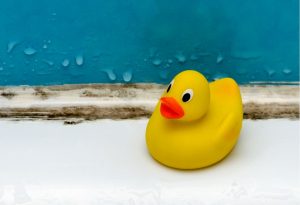 Mold inside of the house is more likely to be caused by a leaking pipe or windowsill. A leaky roof is also a common place where moisture is finding it’s way inside the house.
Mold inside of the house is more likely to be caused by a leaking pipe or windowsill. A leaky roof is also a common place where moisture is finding it’s way inside the house. Recap
Recap
